April 24, 2020 marks the 30th anniversary of the Hubble Space Telescope. Through a partnership with NASA and STScI, the Saint Louis Science Center will reveal a never-before-seen Hubble image!
Enjoy this look back at several of Hubble’s “greatest hits” from the last 30 years as selected by local NASA/JPL Solar System Ambassadors Chris Heffner, Lindsey LaFore, and John Mackin.
Pillars of Creation
These towering tendrils of cosmic dust and gas sit at the heart of M16, or the Eagle Nebula. The aptly named Pillars of Creation, featured in this stunning Hubble image, are part of an active star-forming region within the nebula and hide newborn stars in their wispy columns.
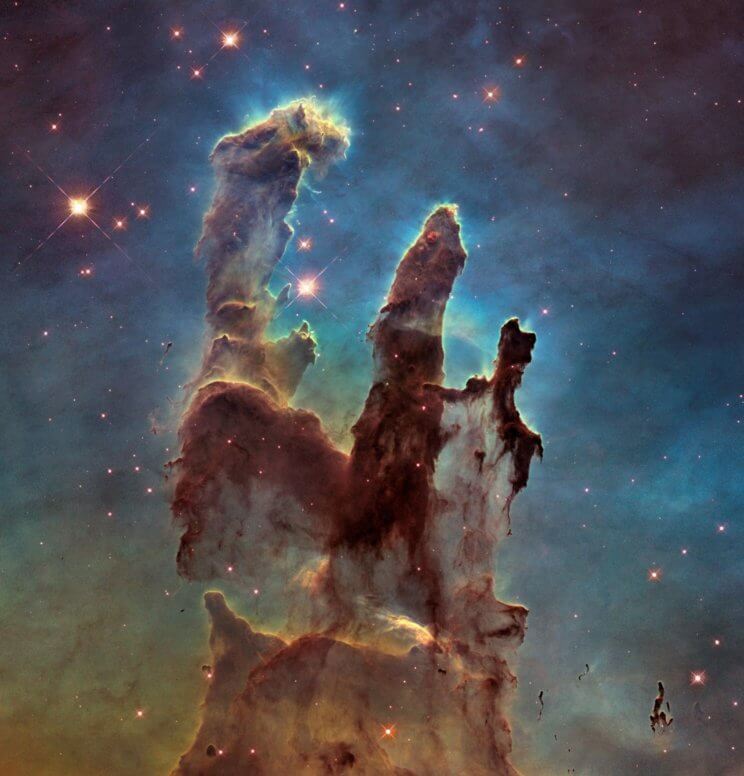
Mystic Mountain
This craggy fantasy mountaintop enshrouded by wispy clouds looks like a bizarre landscape from Tolkien’s The Lord of the Rings. The NASA/ESA Hubble Space Telescope image, which is even more dramatic than fiction, captures the chaotic activity atop a pillar of gas and dust, three light-years tall, which is being eaten away by the brilliant light from nearby bright stars.
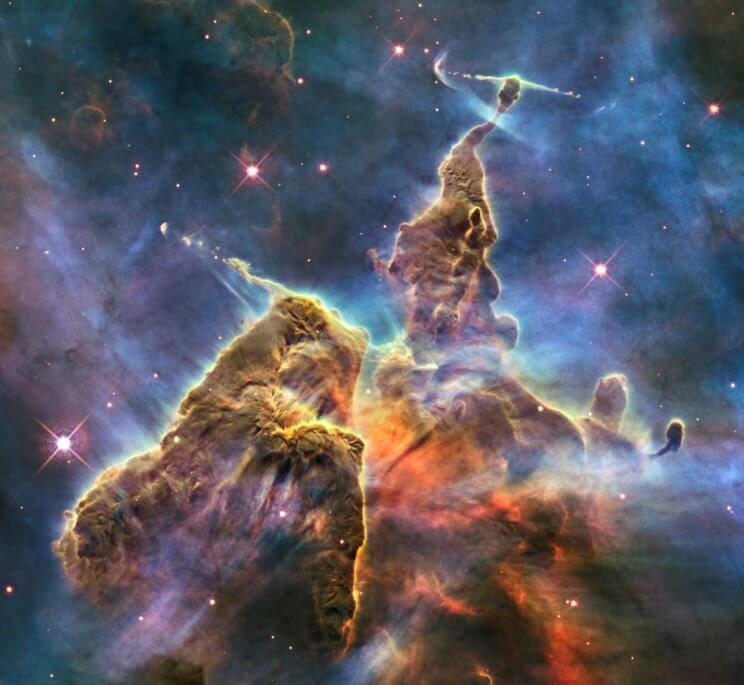
Whirlpool Galaxy (M51)
The graceful, winding arms of the majestic spiral galaxy M51 appear like a grand spiral staircase sweeping through space. They are actually long lanes of stars and gas laced with dust. In M51, also known as the Whirlpool galaxy, these arms serve an important purpose: they are star-formation factories, compressing hydrogen gas and creating clusters of new stars.
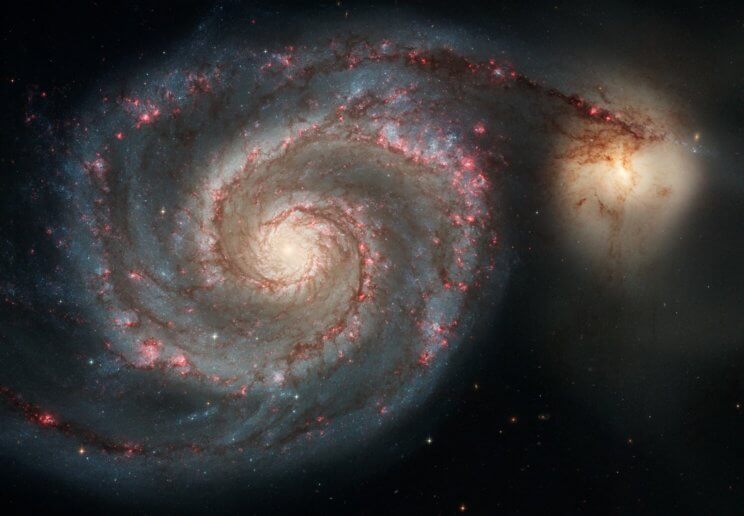
Sombrero Galaxy (M104)
The galaxy’s hallmark is a brilliant white, bulbous core encircled by the thick dust lanes comprising the spiral structure of the galaxy. As seen from Earth, the galaxy is tilted nearly edge-on. We view it from just six degrees north of its equatorial plane. This brilliant galaxy was named the Sombrero because of its resemblance to the broad rim and high-topped Mexican hat.
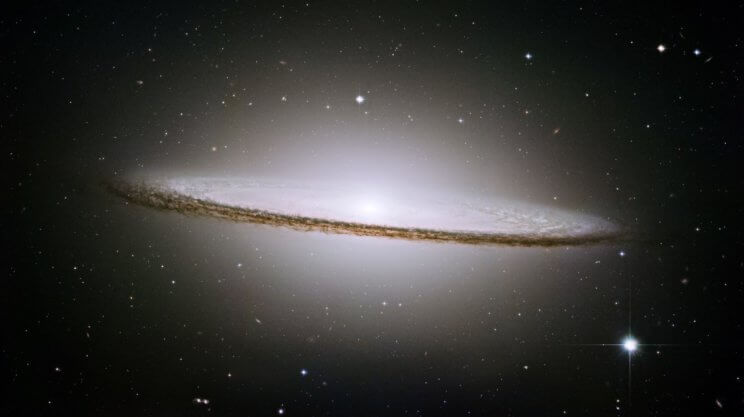
Crab Nebula (M1)
The Crab Nebula is an expanding remnant of a star’s supernova explosion. Japanese and Chinese astronomers recorded this violent event nearly 1,000 years ago in 1054 AD, as did likely the Native Americans. The glowing relic has been expanding since the star exploded, and it is now approximately 11 light-years in width.
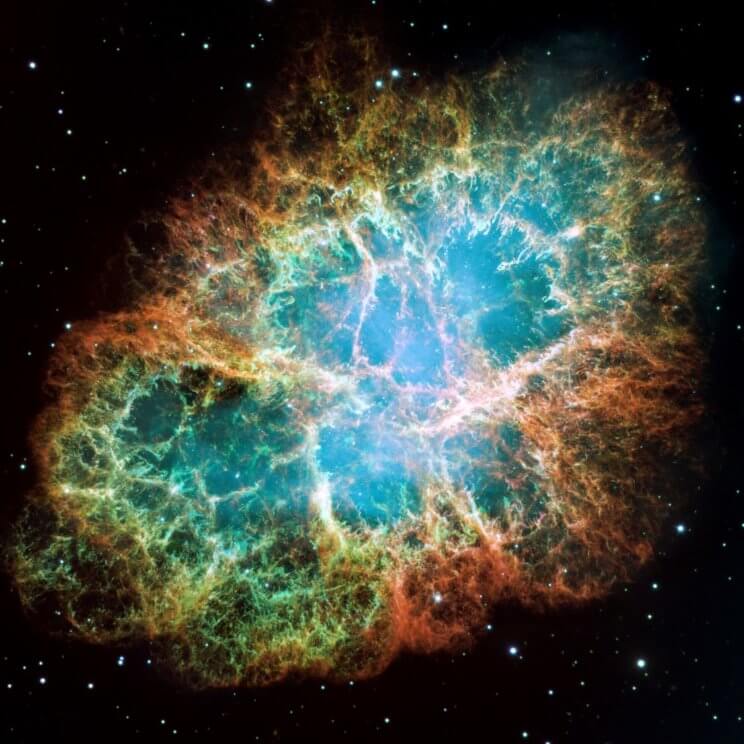
Butterfly Nebula
The bright clusters and nebulae of planet Earth’s night sky are often named for flowers or insects. Though its wingspan covers over 3 light-years, NGC 6302 is no exception. With an estimated surface temperature of about 250,000 degrees C, the dying central star of this particular planetary nebula has become exceptionally hot, shining brightly in ultraviolet light but hidden from direct view by a dense torus of dust.
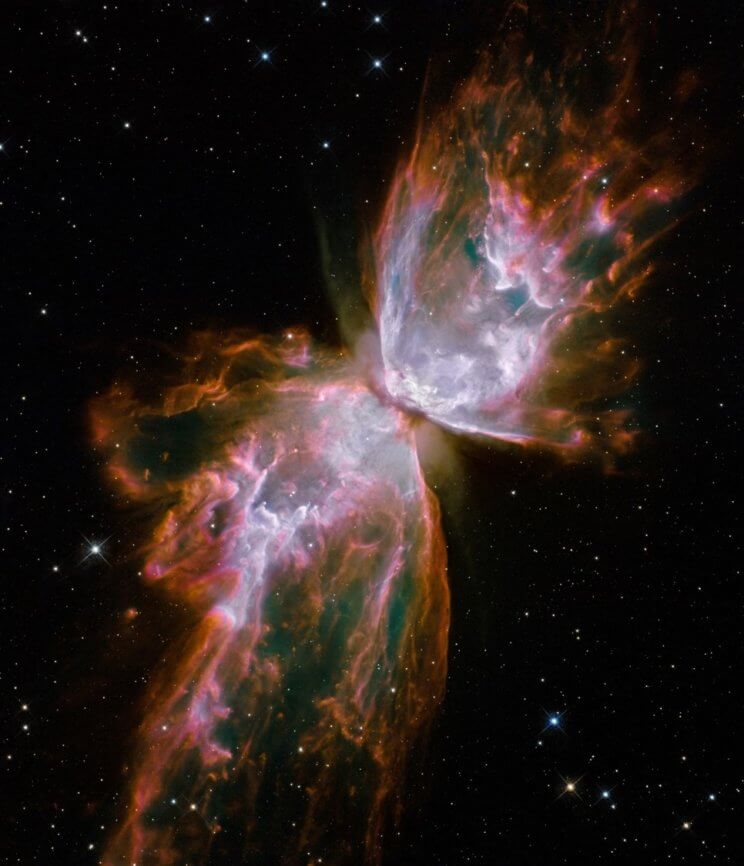
Orion Nebula (M42)
The Orion Nebula is a tumultuous region of dust and gas where thousands of stars are being born. Located 1,300 light-years away, it is the nearest area of star formation to Earth. In one of the most detailed astronomical images ever produced, Hubble captured an unprecedented look at this nebula.
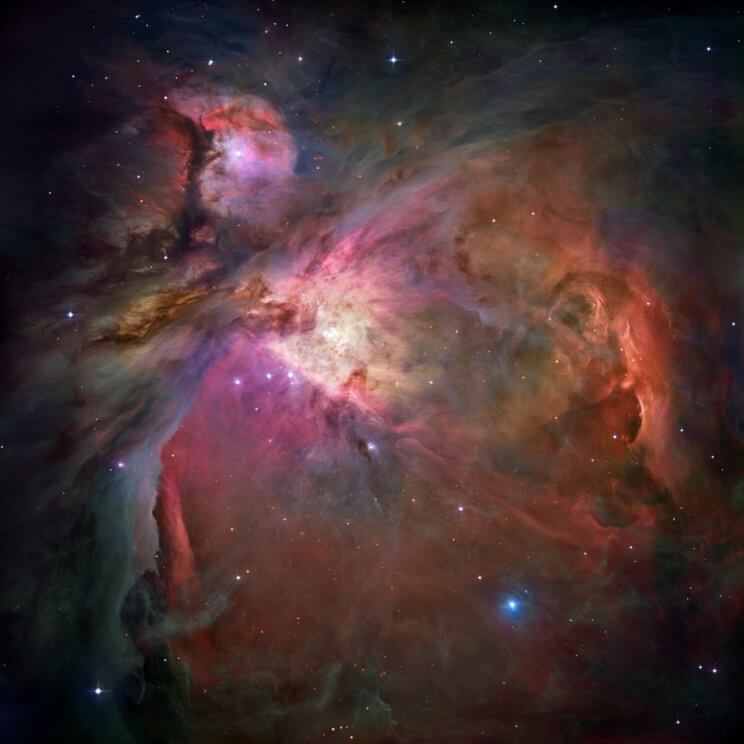
Horsehead Nebula
The Horsehead Nebula, shadowy in optical light, appears transparent and ethereal when seen here at infrared wavelengths. This pillar of tenuous hydrogen gas laced with dust is resisting being eroded away by the radiation from a nearby star. The nebula is a small part of a vast star-forming complex in the constellation Orion.
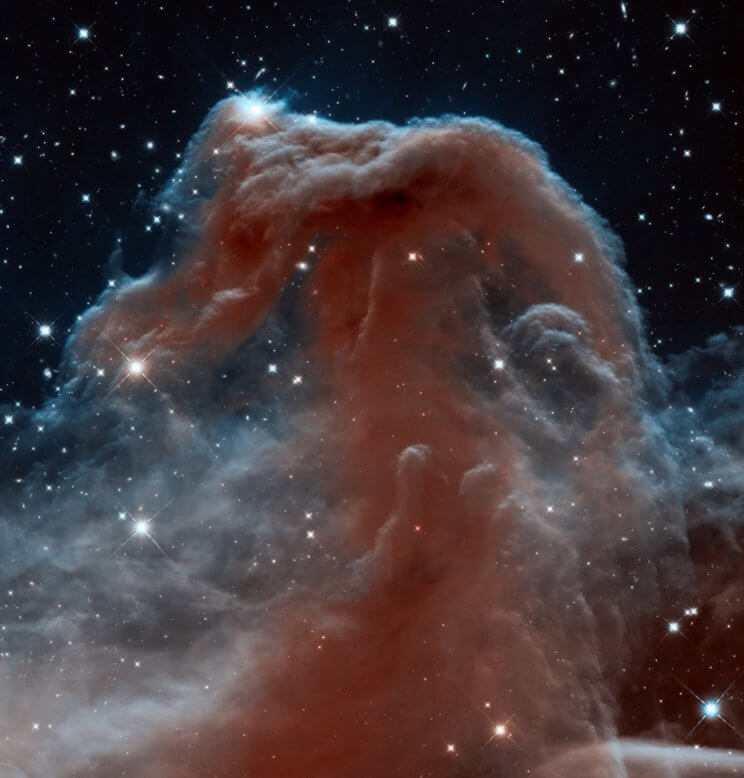
The Pleiades (M45)
The brilliant stars seen in this image are members of the popular open star cluster known as the Pleiades, or Seven Sisters. The Hubble Space Telescope’s Fine Guidance Sensors refined the distance to the Pleiades at about 440 light-years.
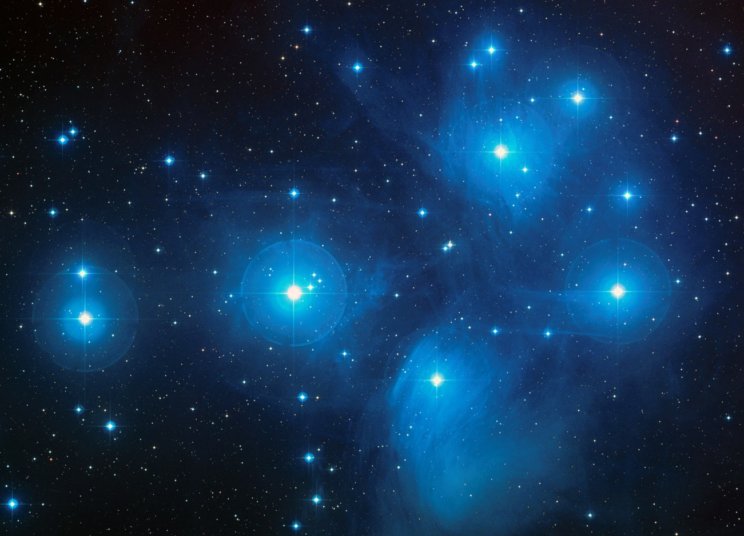
The Ultra-Deep Field
This view of nearly 10,000 galaxies is called the Hubble Ultra Deep Field. The snapshot includes galaxies of various ages, sizes, shapes, and colors. The smallest, reddest galaxies, about 100, may be among the most distant known, existing when the universe was just 800 million years old. The nearest galaxies – the larger, brighter, well-defined spirals and ellipticals – thrived about 1 billion years ago, when the cosmos was 13 billion years old.
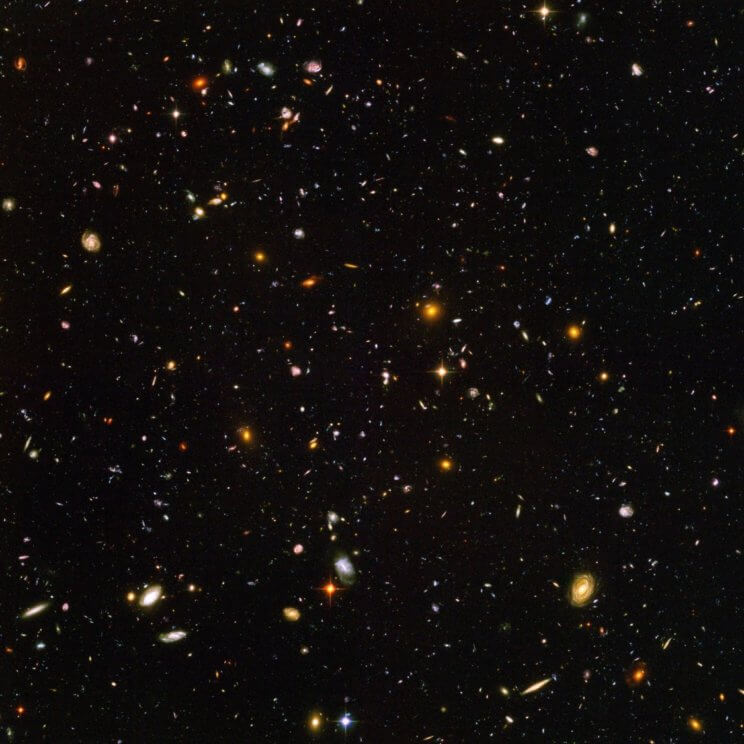
For more Hubble imagery and a timeline of significant milestones, visit NASA’s HUBBLESITE.
Credits: NASA/JPL, ESA, Caltech, and the Hubble Heritage Team (STScI/AURA)






